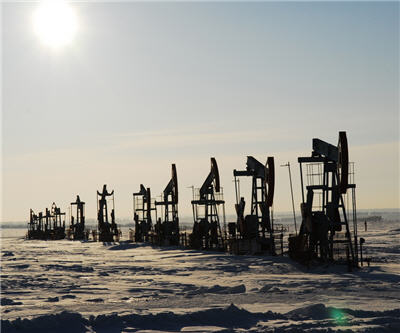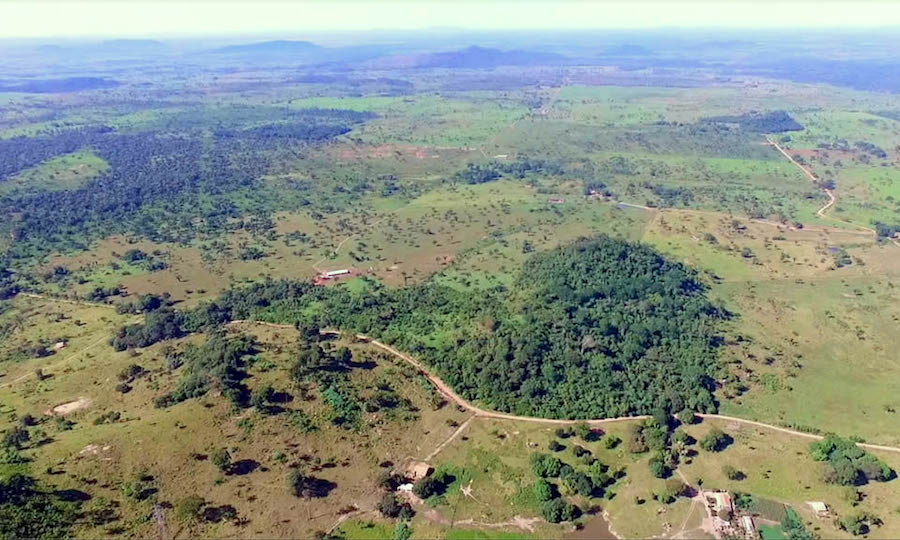Canadian crude jumps 7% to 3-month high

The price oil sands producers receive for their crude improved to $34.50 a barrel below the international benchmark on Thursday, a three month high.
The price of Western Canada Select – a blend of heavy oil sands crude and conventional oil – has now also showed 50% improvement from the multi-year lows struck at the beginning of March.
The moves in crude spreads come after the release of the closely-followed forecast of supply and demand 12–18 months out by the International Energy Agency (IEA), an oil policy think-tank.
The IEA said on Thursday “March have seen global oil supply move ahead of oil demand for the first time since early 2009,” adding that the only thing keeping oil high is worries about the impact of Iran on oil supplies.
From a discount of $35.75 on March 9 Western Canada Select has now narrowed the gap to US crude to $18.05 after a 7.4% overnight spike. It’s still way below the 8.00 discount Alberta’s oil patch enjoyed in September, however.
At the same time the spread between US crude futures, up modestly on Thursday to trade at $103.53 a barrel, and the global oil price, has also tightened.
International benchmark crude oil futures, North Sea Brent, settled at $120.18 in Europe on Thursday, marking a $16.65 premium against US oil.
Although the spread between US benchmark West Texas Intermediate (WTI) had narrowed to $10 November, today’s price is still a significant improvement from a record margin of $26.87 hit in early September 2011.
Historically WTI has traded at a premium to Brent, but has steadily declined since the Saudis dropped the WTI contract as their benchmark in 2009.
The discount for Syncrude, a light oil made from oil sands after undergoing an expensive upgrading process, has also improved to only $1.25 below WTI.
In February and early March it dropped to a record of more than $20 below US crude. In July last year Syncrude attracted a premium of $18 on the back of a temporary supply shortage.
Alberta production is set to more than double to 3.7 million barrels per day by 2025 out of a total of 4.7 million for the whole of Canada.
99% of Canada’s current crude exports of 2 million barrels per day end up in the US.
Without access to new markets in China and the rest of Asia due to a dearth of pipelines, longer term the outlook for the oil sands is not so rosy:
Bitumen is expensive to extract, upgrade and refine and cannot compete with the many new shale oil plays – particularly in the Bakken oil basin – which have pushed US production to its highest level in a decade and could see it become the planet’s number one producer of crude.
Production in the US particularly from the Bakken basin in North Dakota will see the country ramp up current output of 7.8 million barrels/day to 10.9 million barrels over the next few years.
Apart from the boom in US production, and a strong currency, Alberta’s oil sands players are also threatened by escalating costs and labour shortages.
{{ commodity.name }}
{{ post.title }}
{{ post.date }}

Comments